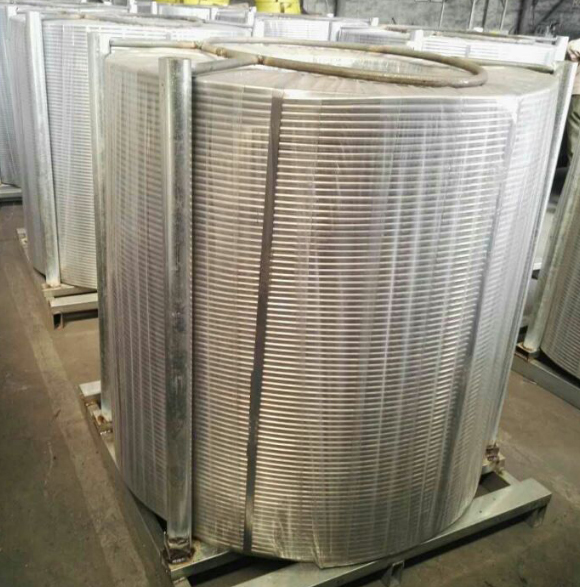
Calcium cored wire has gained significant recognition as an alloy additive in the steel industry, playing a vital role in enhancing steel performance and versatility. This article explores the applications, benefits, and advancements of calcium cored wire as an alloy additive, highlighting its contribution to the production of high-quality and customized steel alloys.
Calcium cored wire serves as an alloying agent by introducing calcium into the molten steel. The wire consists of a steel sheath filled with powdered calcium alloy, which releases calcium into the steel when exposed to high temperatures. The addition of calcium modifies the steel's composition, leading to desired alloying effects.
a. Steel Modification: Calcium cored wire offers versatility in steel modification by enabling precise control over alloy composition. It allows for the addition of calcium as a primary alloying element or in combination with other elements, enhancing steel properties such as strength, hardness, and corrosion resistance.
b. Customized Alloys: Calcium cored wire allows manufacturers to create customized alloys to meet specific industry requirements. By adjusting the alloy composition, desired properties can be achieved, making it a valuable tool for producing tailor-made steel alloys.
a. Enhanced Steel Performance: Calcium cored wire improves steel performance by introducing desirable alloying elements into the molten steel. This leads to improved mechanical properties, such as increased strength, toughness, and machinability, enabling steel to meet diverse application demands.
b. Consistent Alloying Effects: The use of calcium cored wire ensures consistent and uniform alloying effects throughout the steel melt. The controlled addition of calcium enables reliable and reproducible results, reducing variability in steel properties and facilitating quality assurance.
c. Improved Cleanliness: Calcium cored wire aids in reducing impurities in the steel, leading to improved cleanliness. By binding with and removing certain elements, such as sulfur and oxygen, the wire contributes to the production of cleaner, high-quality steel.

a. Microalloying: Calcium cored wire is widely used for microalloying, where small quantities of alloying elements are added to achieve specific steel properties. The controlled addition of calcium ensures precise microalloying effects, enabling the production of high-strength and high-performance steel grades.
b. Wire Injection Systems: Innovations in wire injection systems have enhanced the accuracy and efficiency of calcium cored wire usage. These automated systems enable precise and controlled wire feeding, minimizing wire breakage and ensuring consistent alloy addition.
a. Alloy Customization: Calcium cored wire allows for customization of alloy composition to meet specific steel requirements. Manufacturers can optimize the wire's composition by adjusting the ratios of alloying elements, tailoring the alloy to achieve desired steel properties.
b. Continuous Development: Ongoing research and development efforts aim to further optimize the performance of calcium cored wire as an alloy additive. Advancements in alloy design, wire production techniques, and process control will drive future innovations and expand its range of applications.
a. Sustainability Considerations: As the steel industry focuses on sustainability, the proper disposal and recycling of used calcium cored wire present challenges. Developing environmentally friendly disposal methods and promoting recycling initiatives will be crucial for minimizing waste and environmental impact.
b. Collaboration and Knowledge Sharing: Collaboration between researchers, steel manufacturers, and wire producers is vital for advancing the understanding and application of calcium cored wire as an alloy additive. Knowledge sharing and collective efforts will drive innovation and address industry challenges.

Write a Message